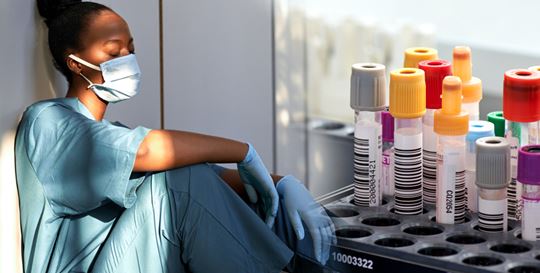A 2019 crisis survey conducted globally by Price Waterhouse Cooper across 43 countries, 25 industries and over 2,000 respondents found that no organization is immune to crisis. Approximately seven out of ten organizational leaders experienced at least one corporate crisis in the last five years, with the number of crises experienced averaging three. Within the U.S., the number one reason listed was natural disaster/environmental causes at 22%, followed by cybercrime at 13% and legal/regulatory at 10%.1 Globally, organizations listed liquidity issues, technological failure, and operational disruption as the top three most disruptive crises they faced.
With the advent of the SARS-CoV-2 pandemic, it may now be time to add emerging disease to the list of potential crises for which organizations need to prepare. When we look at Ebola, Zika, Middle East Respiratory Syndrome (MERS), and most recently the latest Severe Acute Respiratory Syndrome (SARS) virus, we see the cadence of emerging infectious diseases that travel, transmit and spark emergencies of international concern appears to be accelerating.
These infectious diseases cause significant suffering—even death—and can often overwhelm unprepared healthcare systems, as well as significantly disrupt societies and economies.2As of April 2020, the SARS-CoV-2 virus has now spread to all continents, and nations are urgently working to respond to this pandemic. Many communities continue to be sheltered in place as healthcare agencies and leaders around the globe continue to provide guidance and issue restrictions. By the time this is over, the cost of the coronavirus pandemic could be as high as $4.1 trillion, or almost 5% of global gross domestic product, depending on the progression of disease spread through Europe, the U.S. and other major economies.3
These events illustrate the importance of preparation for a potential infectious disease pandemic virus as an essential component of a robust business continuity plan, especially for businesses that provide critical healthcare and infrastructure services. Pandemics can not only interrupt an organization’s operations and compromise long-term viability of an enterprise, but also disrupt the provision of critical functions. History has shown that businesses that regularly test and update their pandemic plan can significantly reduce harmful impact to the business, play a key role in protecting employees' and customers' health and safety, and limit the negative impact of a pandemic on the community and economy.4
In this video titled, "Business Continuity for Labs: Partnering with the Industry in Times of COVID-19," clinical laboratory professionals will find best practices to consider before and during a disaster that will help them better navigate through this crisis.
Find out from clinical pathologist Gaurav Sharma, M.D., why
laboratories and in vitro diagnostics suppliers need mutual business
continuity management systems.

 English
English





